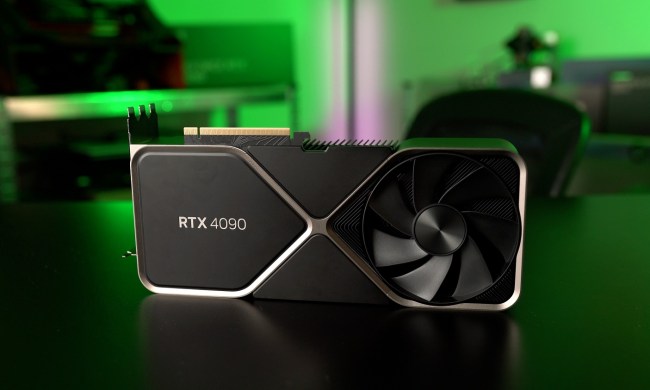Last year, Asus and Noctua teamed up to create a special edition of Nvidia’s GeForce RTX 3070. Decked out in Noctua’s signature shades of beige and brown, the GPU featured innovative cooling solutions combined with Asus’ GPU power.
It seems that this release was not a one-off. Noctua has just confirmed that it aims to collaborate with Asus in the creation of more graphics cards.
We do aim to create further cards in collaboration with @Asus, stay tuned! ;)
— Noctua (@Noctua_at) March 21, 2022
The information comes from a tweet by Noctua itself, made in response to a user who inquired whether the brand intends to make a custom version of the Nvidia GeForce RTX 3080 Ti. Although the tweet doesn’t reveal much, the news is encouraging, and seeing two excellent brands team up for further hardware creation is sure to make the fans happy.
Asus makes some fantastic PC hardware, graphics cards included, and Noctua manufactures high-quality cooling solutions. Combine the two and we’ve got the perfect match. Using Noctua’s innovative coolers and heat sinks in tandem with a high-end GPU could produce great results, given that these beefy GPUs have an alarming tendency to heat up a lot.
Nvidia’s RTX 3070 is a powerful graphics card in its own right — definitely worthy of a spot on our list of the best GPUs. However, out of Nvidia’s entire lineup, it’s not the one most in need of extra cooling. High-end graphics cards that offer even more oomph and consume even more power could benefit from Noctua coolers more than the RTX 3070 did. This is why, among other reasons, it would be great to see the two brands join forces again and work on a card that will fully utilize the extra cooling.

Although the fruit of Asus’ and Noctua’s first collaboration, the custom-made RTX 3070, was largely well-received, it was not without its faults. The main issue, cited by many, was the fact that the graphics card was enormous and much bigger than the standard version of the RTX 3070. The GPU has a four-slot design, adding two extra slots over the regular RTX 3070. There is no way to deny that is a huge
The other problem stemmed from the price. The Asus RTX 3070 Noctua edition is difficult to get your hands on now, but it was hardly ever cheaper than $1,300 or higher. These days, the price has gone up, with some sources asking for as much as $1,900 and above. That’s expensive, even given the current GPU pricing standards. Adding a premium to an already expensive GPU, such as the RTX 3090 or the upcoming RTX 3090 Ti, could potentially be easier — users who spend this much on a graphics card are usually looking for the best of the best and may be less concerned with the price.
There is no telling whether the Asus x Noctua collaboration will result in just a single new graphics card or several, and similarly, no information has been released as to when we might expect such a collab to happen. Nvidia is soon set to release the RTX 3090 Ti, and given how powerful that GPU is, it could certainly benefit from Noctua-made cooling solutions. On the other hand, the next generation of graphics cards is upon us for both Nvidia and AMD. With Nvidia’s flagship RTX 4090 rumored to consume enormous amounts of power, that Noctua cooler could be even more needed there than in the upcoming RTX 3090 Ti.




